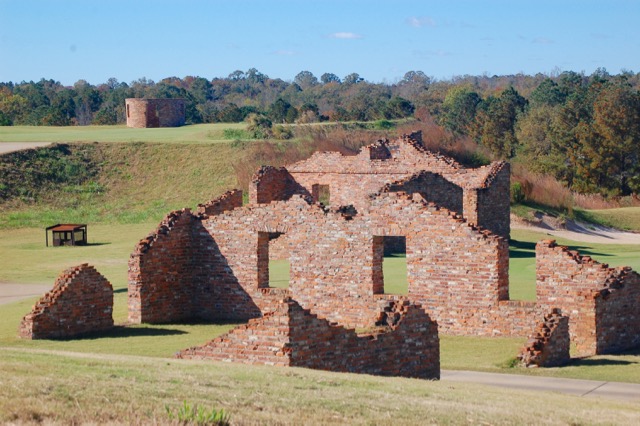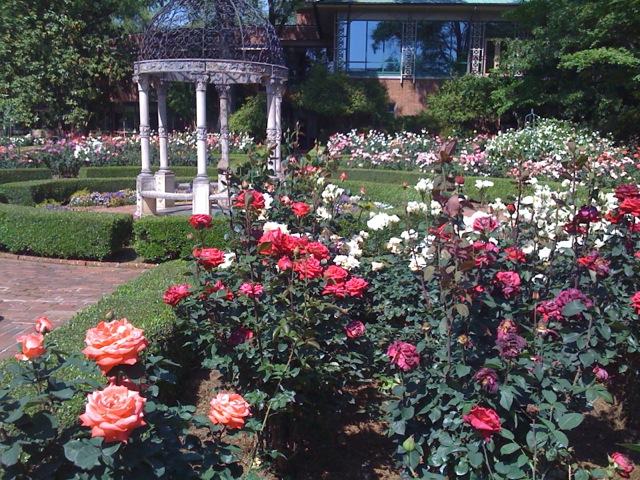Little Greenwood, SC, has hit the big time. The American Planning Association has named the lakeside town one of the Best Places in America.
I was impressed when I visited Greenwood, population about 25,000, to research the local golf communities. The town combines the best aspects of rural living with a quiet sophistication noticeable in its small-college atmosphere (Lander College) and a few choice restaurants, including one run by a real French chef who married a local lady. For those craving a bit more urban action, Greenville, three times the size in population, is just an hour away. For those more interested in the ultra quiet of a remotely located golf community, the expansive Savannah Lakes Village in McCormick is just a half hour away, and on beautiful Lake Thurmond.
Closer to Greenwood, golfers have a few choice options, totally dissimilar in character. Just 10 minutes away, Grand Harbor is right on Lake Greenwood and offers all the amenities you would expect from a lake-oriented golf community. In this case, the golf course, aptly called The Patriot, is a challenging and uniquely accessorized layout by Davis Love III. The unique part refers to the Revolutionary War ruins that mimic a nearby fort where locals saw action against the British. It is at once both jarring and elevating to see the representation of a 240-year old damaged brick fort beside a green. Homes start around $300,000. It might be jarring at first sight to see Revolution War ruins (replicas, but they look real) beside a few greens at Grand Harbor's Patriot Golf Course near Greenwood, SC. These ruins won't ruin a round, though.
It might be jarring at first sight to see Revolution War ruins (replicas, but they look real) beside a few greens at Grand Harbor's Patriot Golf Course near Greenwood, SC. These ruins won't ruin a round, though.
Back in town, two layouts offer golfers contrasting courses and lifestyles. Stoney Point is more a neighborhood on the lake than a golf community, but the family owned and run golf course not only gives off a community vibe, it also is a solid enough design to attract a regular stream of golfers from the Greenville area. Their investment in time and gas is richly rewarded with a layout, by Tom Jackson, that snakes through pine trees and brings Lake Greenwood into play just enough to add extra drama to the reasonably priced round. Lots range up from just $9,000, with homes from the high $200s.
Many southern towns host a local golf course named for the town itself, and Greenwood is no different. The Greenwood Country Club opened in 1927 but its golf course, designed by significant southern architect George Cobb, opened in 1950. The only recent nod to modernity was the addition of Tif-Eagle grass on the greens; otherwise the layout hits all the classic notes, with smallish greens and tricky surrounding areas. One of the best features of Greenwood’s only private club is the membership fees, just $1,500 to join and $175 per month in dues. Oh, yes, there is a $30 monthly food minimum, about what it would cost for a splurge at the local fast food joint but the country club does a much better job. I note a 5 bedroom, 4 ½ bath home for sale next to the golf club for $375,900. It has 4,300 square feet under the roof; that works out to about $87 a square foot, about as low as you can go for any home these days.

























